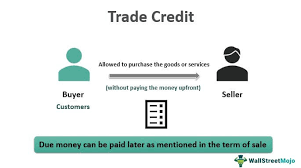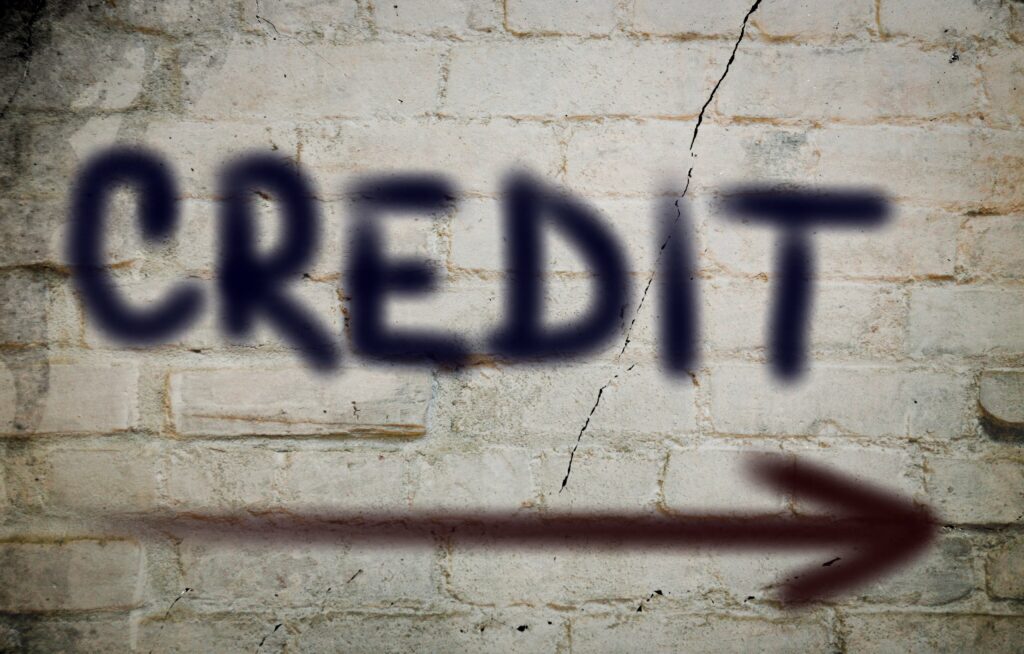The Central Bank of Kenya’s (CBK) decision to raise its benchmark rate in March 2023 sent shockwaves through the Kenyan banking sector. As expected, most commercial banks followed suit, raising their lending rates. But amidst this rise, a different story emerged – one of smaller lenders defying the trend and offering borrowers a glimmer of hope with lower interest rates.
This blog post dives deep into the world of Kenyan bank loans, uncovering the cheapest options available and empowering you with the knowledge to make informed financial decisions.
We’ll reveal the banks extending a helping hand to borrowers with rates as low as 9%, while also exposing those charging a hefty 17.6%. So, buckle up and get ready to navigate the Kenyan loan market like a pro!
Cheapest Bank loans in Kenya
Based on our research, we came up with a list of banks that offer the cheapest loans in Kenya. Some of these banks are highlighted in the table below:
| Bank | Overall rate |
| The Central Bank of Kenya | 9% |
| First Community | 9% |
| Ecobank | 10.7% |
| HFC | 11% |
| Access | 11.2% |
| Consolidated | 11.6% |
| Habib | 11.9% |
| DTB | 12.1% |
| Citibank | 12.2% |
| KCB | 15.6% |
1. First Community Bank (FCB)
Standing out from the crowd, FCB boasts the current lowest average interest rate at an attractive 9%. This makes them a compelling option for borrowers seeking the most affordable loan. They offer various loan products, including personal and unsecured loans.
2. Ecobank Kenya
Following closely behind is Ecobank Kenya with a competitive average rate of 10.7%. This positions them as a solid choice for budget-conscious borrowers. They cater to a wide range of loan needs, making them a versatile option.
3. HF Bank
Offering a competitive rate of 11%, HF Bank provides a good balance between affordability and an established presence in the Kenyan banking sector. They specialize in mortgage and asset-backed loans, making them a good choice for those specific needs.
4. Access Bank Kenya
Rounding out the top contenders, Access Bank Kenya comes in at a slightly higher average rate of 11.2%.
Other Options to Consider
While not the absolute cheapest, these banks are still worth exploring depending on your specific needs and loan product:
- Consolidated Bank
- Habib Bank
- DTB Bank
International Players:
- Citibank: International banks like Citibank often cater to a different market segment and may have higher interest rates to reflect their operating model.
Traditional Powerhouses:
- Kenya Commercial Bank (KCB): KCB loans often attract a 13% interest rate. They offer different categories of loans. Ranging from Masomo loans, personal unsecured check-offs, salary advances, etc. The only extra fee you pay is a negation fee of 2.5%. Interest rate comprises CBK rate at 9% and bank variable margin of 4%
Common Types of Cheap Loans Offered by Banks
Factors That Cause a Change in Interest Rate
The factors that cause changes in interest rates include:
- Monetary Policy: Central banks, such as the Federal Reserve in the United States, have the authority to set interest rates. By adjusting the benchmark interest rates, central banks can influence borrowing costs for businesses and consumers.
- Inflation: When inflation is high, central banks may raise interest rates to curb inflationary pressure and maintain price stability. Higher interest rates can reduce borrowing and spending, which can help slow down inflation.
- Demand and Supply of Credit: Interest rates are influenced by the demand for credit from borrowers and the supply of funds available from lenders. When demand for credit is high compared to the supply of funds, interest rates tend to rise. Conversely, when there is less demand for credit or an excess supply of funds, interest rates may decrease.
- Economic Growth and Financial Markets: Interest rates can also be influenced by the overall state of the economy and financial markets. During periods of economic expansion, interest rates may rise to control inflation and cool down the economy. Conversely, during economic downturns, central banks may lower interest rates to stimulate borrowing and spending to boost economic activity.
It’s important to note that interest rates are complex and can be influenced by multiple factors, and the interplay between these factors can vary depending on the specific economic conditions and policies in different countries.
How Commercial Banks Choose Their Interest Rates
Commercial banks determine interest rates using several factors such as:
- Market demand: The bank’s cost of obtaining funds is one of the most significant factors in determining the interest rate. The bank’s cost of borrowing affects its lending rate to customers, as the bank needs to earn enough interest to cover its cost of borrowing and also make a profit.
- Operational costs: Operational costs such as overhead, administrative and personnel expenses, and other costs of providing loans also contribute to the interest rate charged.
- Yield curves.
- Additionally, commercial banks assess potential borrowers’ credit scores, credit history, and assets to determine the risk of lending to them and the appropriate interest rate.
- Finally, commercial banks also consider market conditions, for example, the prevailing interest rate trends, the demand for credit, as well as, the economy’s overall health and stability.
In conclusion, interest rates are influenced by various economic factors, including market demand and the bank’s operational costs. Banks aim to maximize profits while still remaining competitive by striking a balance between profitability and affordability to their customers.
Conclusion
Most borrowers fall prey to banks that offer expensive loans. The reason is that they patronize the ease of getting the loans rather than knowing the interest or other fees attached.
In urgent situations, borrowers may not notice some features. Some banks exploit Kenyans at this point of vulnerability.
Note that it is better to conduct proper research for the cheapest loans before taking one. This would enable you to make your repayments easily.



